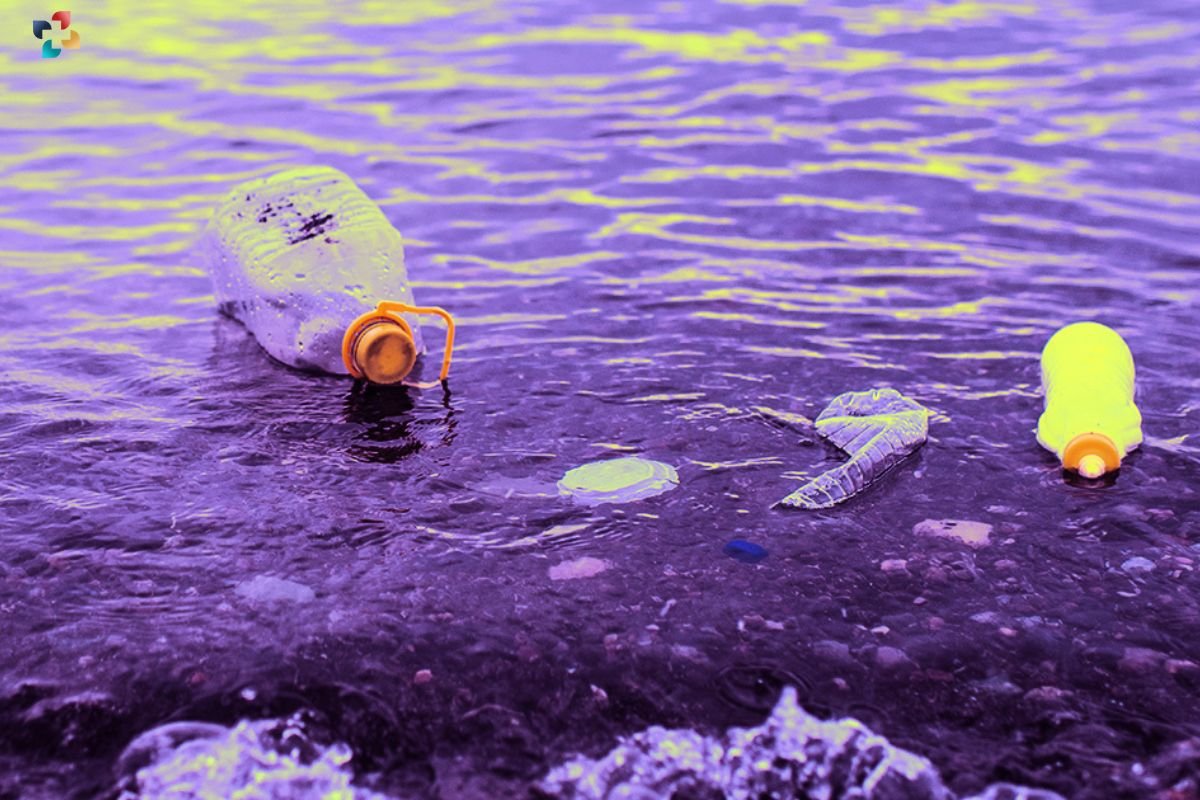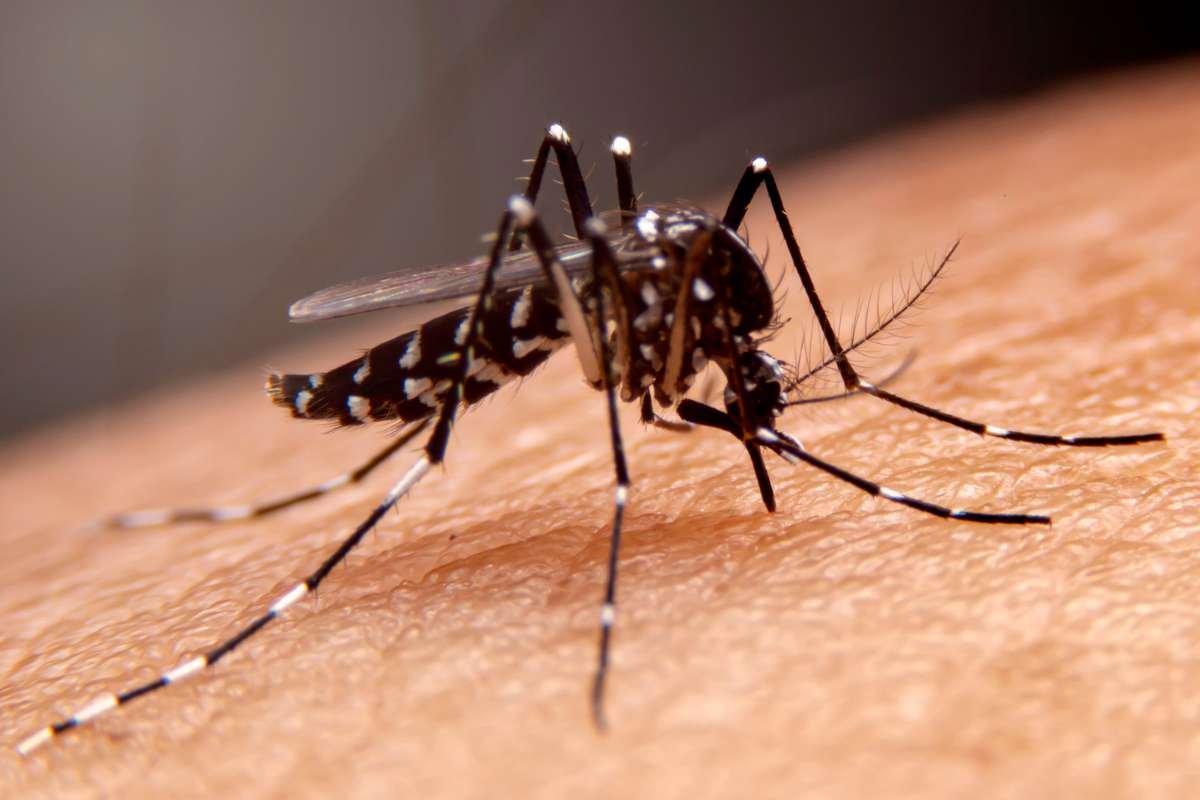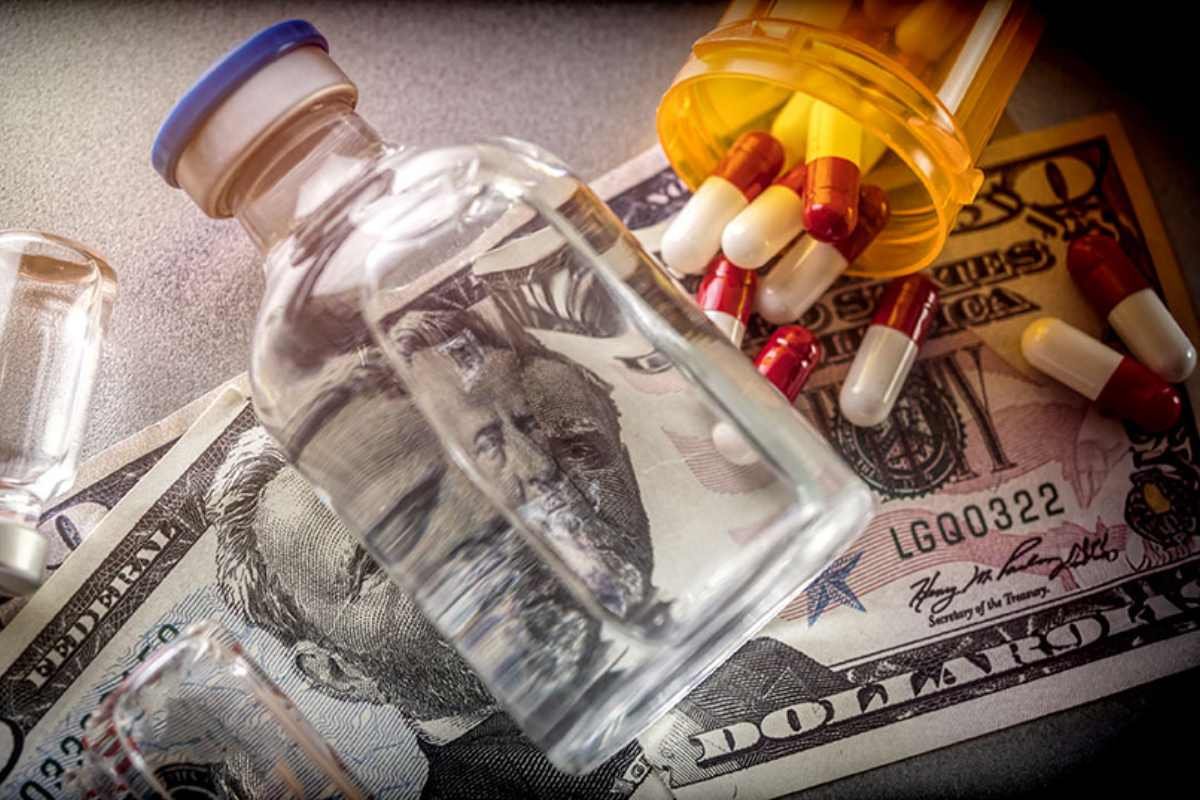Source-Futurism
A groundbreaking study has unveiled the presence of a plastic-eating fungus in the ocean. The marine microbe, identified as Parengyodontium album, was discovered on plastic debris in the Great Pacific Garbage Patch. This significant finding was made by marine microbiologists from the Royal Netherlands Institute for Sea Research (NIOZ) in collaboration with experts from Utrecht University, the Ocean Cleanup in Copenhagen, and St. Gallen, Switzerland. Upon isolating P. album in a laboratory, scientists observed its ability to break down polyethylene, a common type of plastic, following exposure to ultraviolet (UV) radiation from sunlight.
The researchers isolated the plastic-eating fungus from floating plastic debris in the North Pacific Subtropical Gyre, commonly referred to as the Great Pacific Garbage Patch. They successfully cultured the fungus on specially treated plastics containing labeled carbon, allowing precise measurement of the degradation process. Lead author Annika Vaksmaa highlighted the scientific importance of this ability to quantify the degradation, noting that P. album breaks down polyethylene at a rate of approximately 0.05 percent per day.
Mechanism and Limitations
The study provided detailed insights into the fungus’s plastic-degrading mechanism. Vaksmaa explained that the fungus primarily converts polyethylene into carbon dioxide, which it then releases. However, a significant limitation is that P. album requires sunlight to initiate this process. In laboratory conditions, the fungus only degraded polyethylene that had been exposed to UV light for a short period. This suggests that in natural oceanic conditions, P. album can only break down plastics that have initially floated near the ocean’s surface where they receive sunlight.
Scientists discover plastic-eating fungus in ocean environments
This finding is part of a broader investigation into microorganisms that can degrade plastic, a growing area of scientific interest due to the global plastic pollution crisis. Currently, only four fungal species, including P. album, are known to have plastic-degrading capabilities. In contrast, a larger number of bacteria have been identified with this ability.
Environmental Impact and Future Prospects
The discovery of P. album adds a hopeful dimension to efforts aimed at tackling oceanic plastic pollution. The North Pacific Subtropical Gyre, where the plastic-eating fungus was found, is one of six major oceanic gyres where plastic accumulates due to the circular currents. According to Vaksmaa, these currents trap large quantities of plastic, contributing significantly to the pollution problem. The Great Pacific Garbage Patch alone holds approximately 80 million kilograms of floating plastic.
The ability of P. album to degrade plastic could potentially be harnessed to mitigate the massive accumulation of plastic waste in these gyres. However, further research is needed to fully understand the environmental conditions required for optimal plastic degradation by this fungus and to explore its practical applications in marine cleanup efforts. This discovery not only highlights the potential of natural solutions in addressing environmental challenges but also underscores the importance of continued scientific exploration and innovation in the fight against plastic pollution.
Explore More on The Lifesciences Magazine







